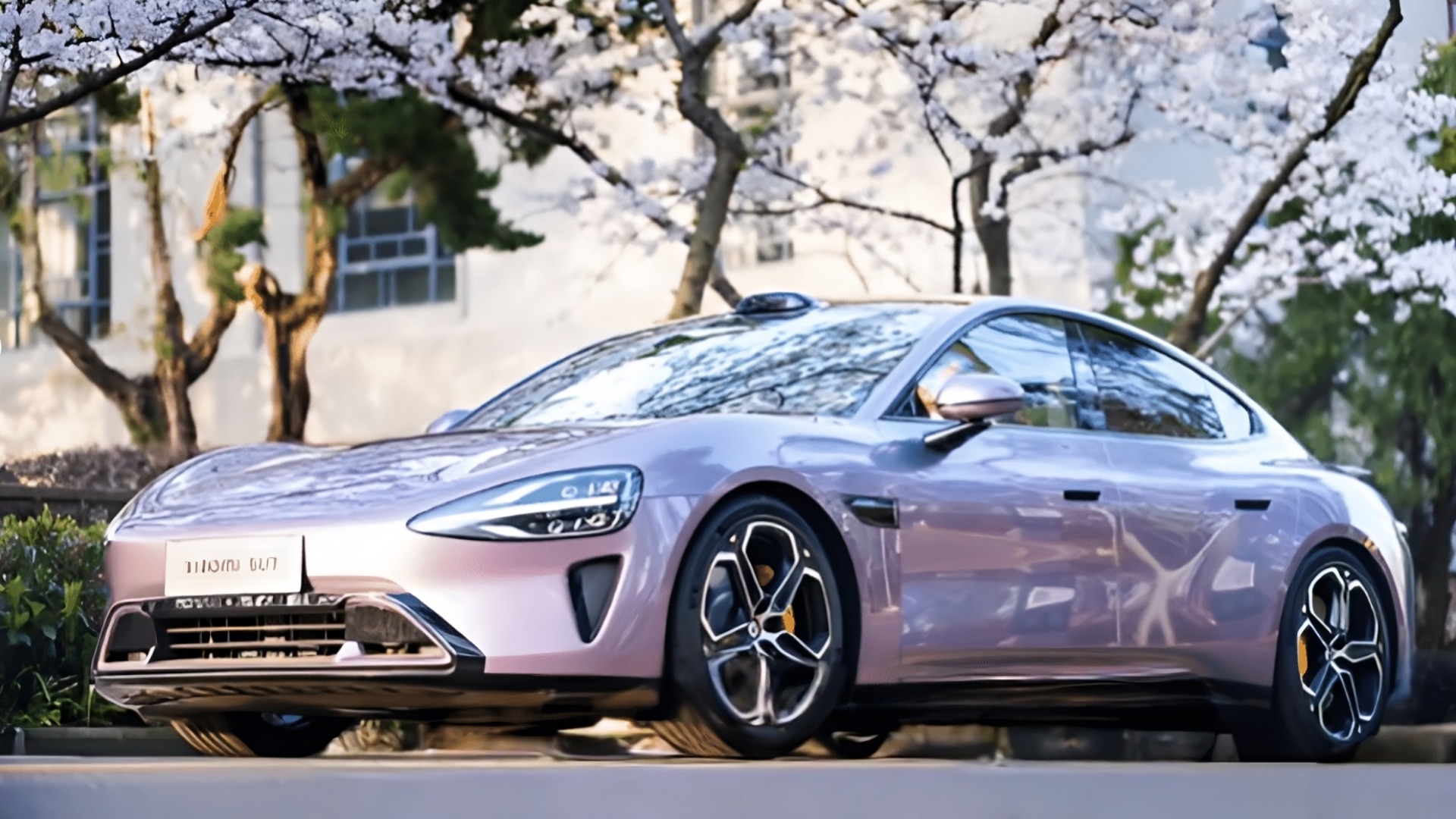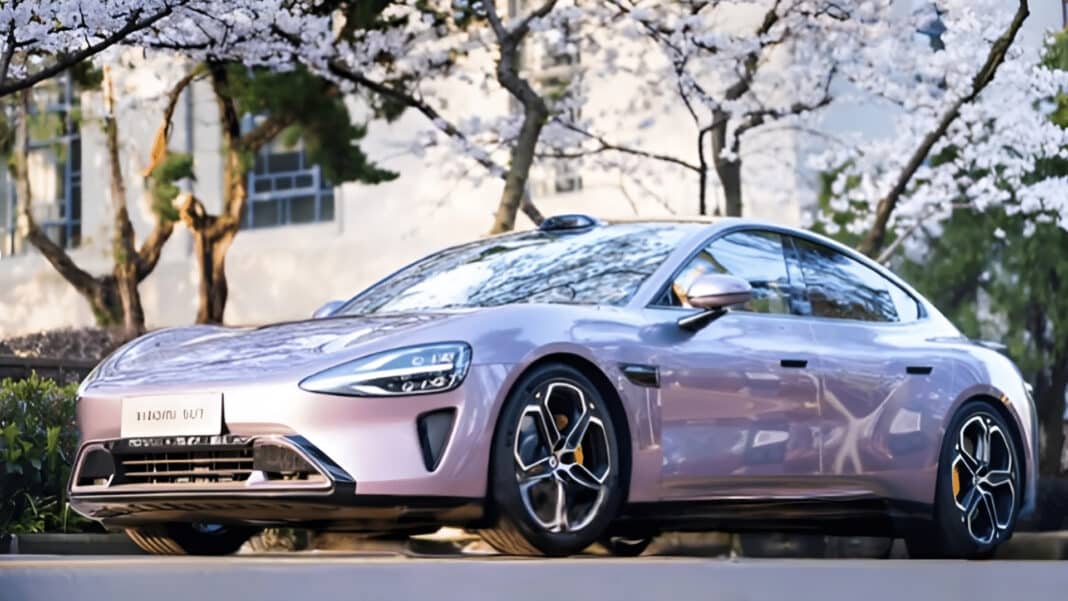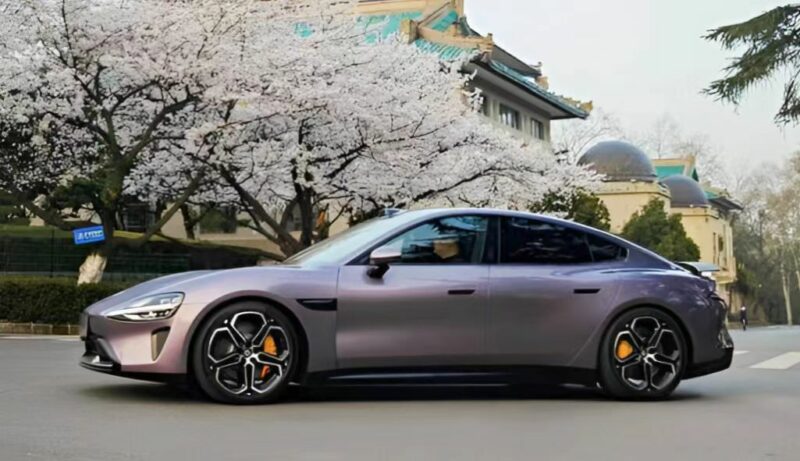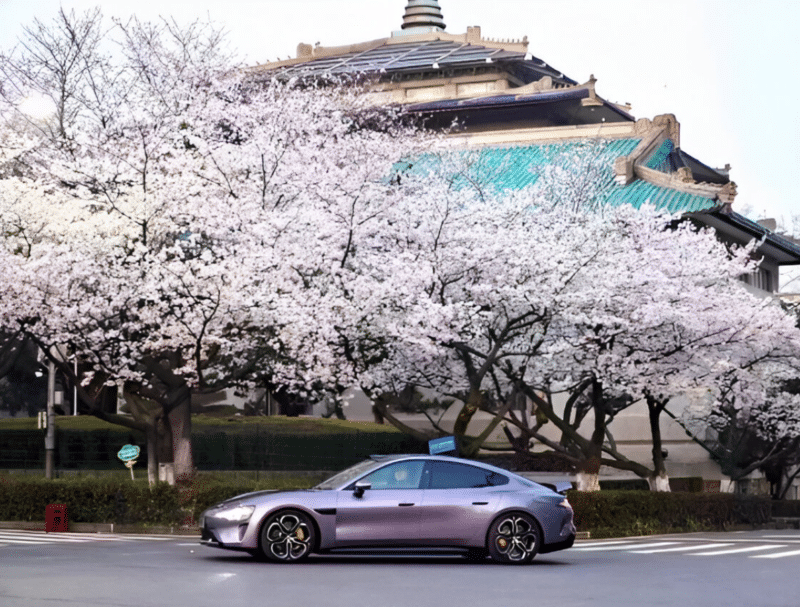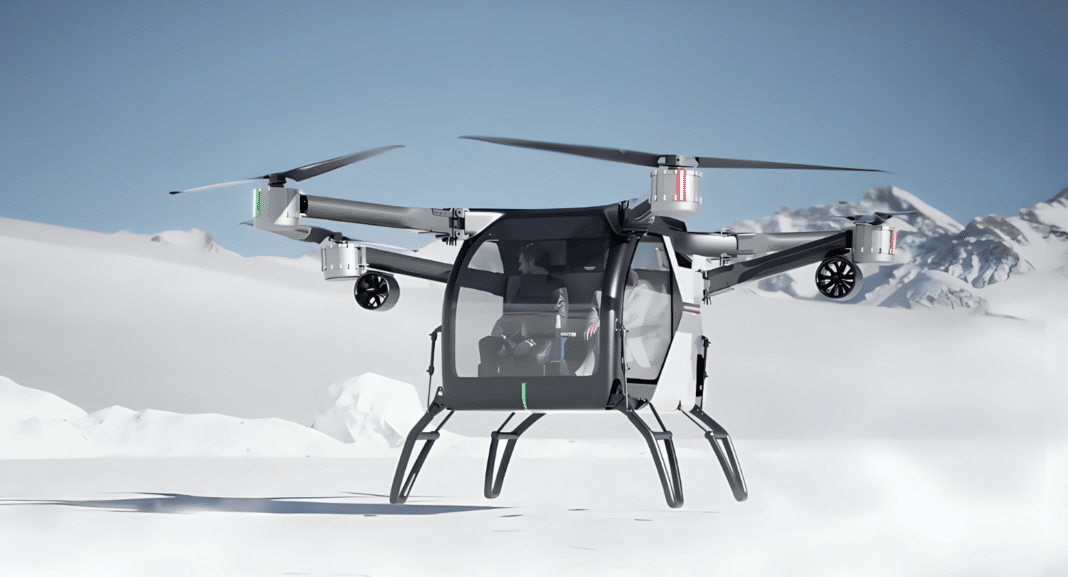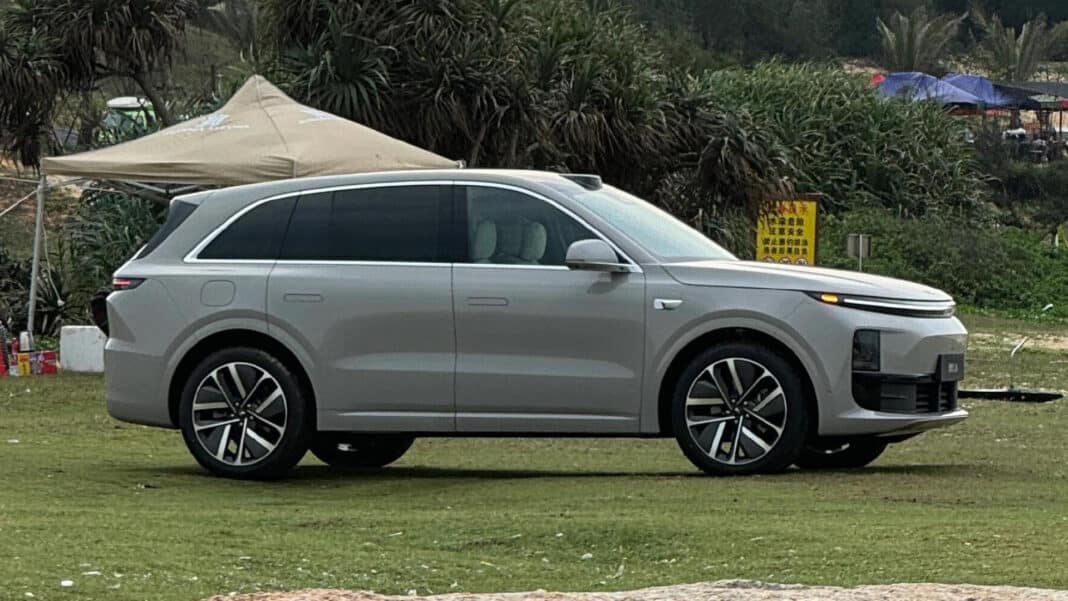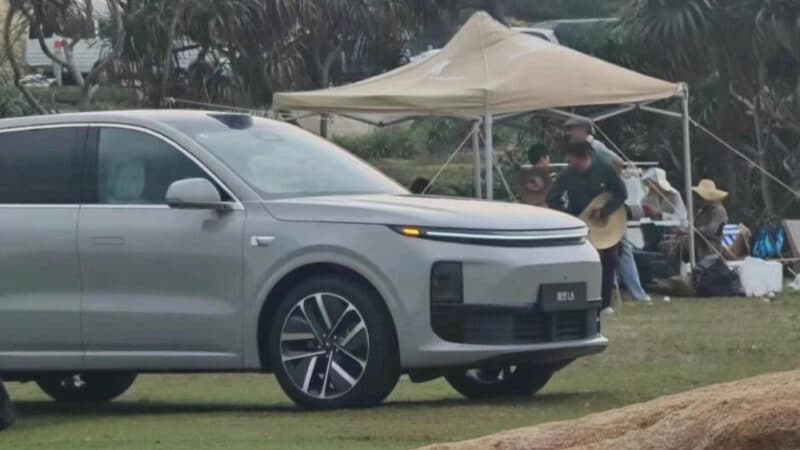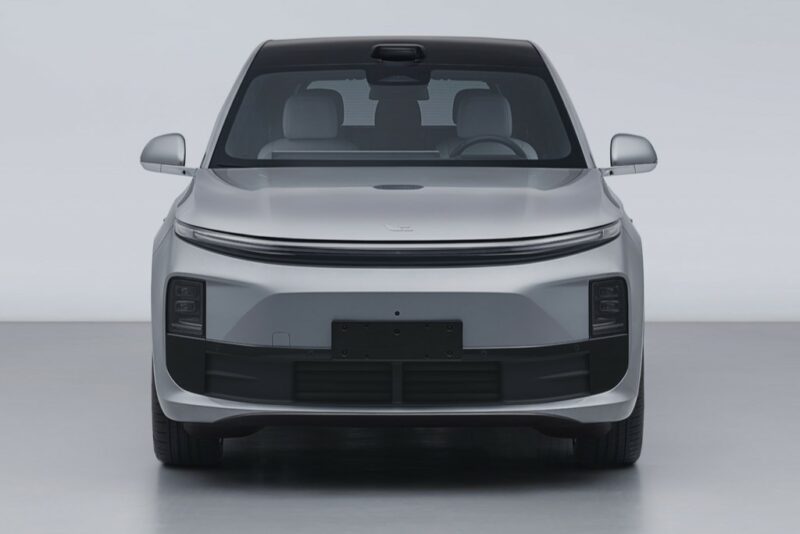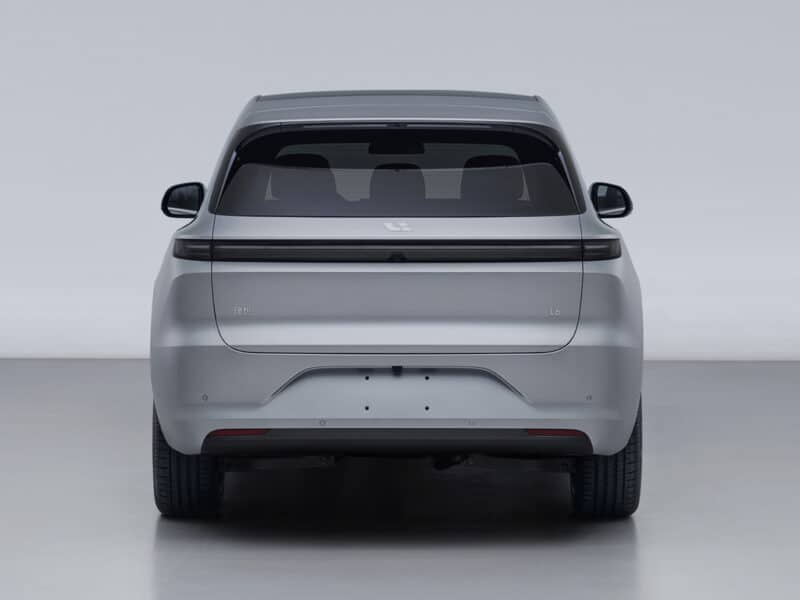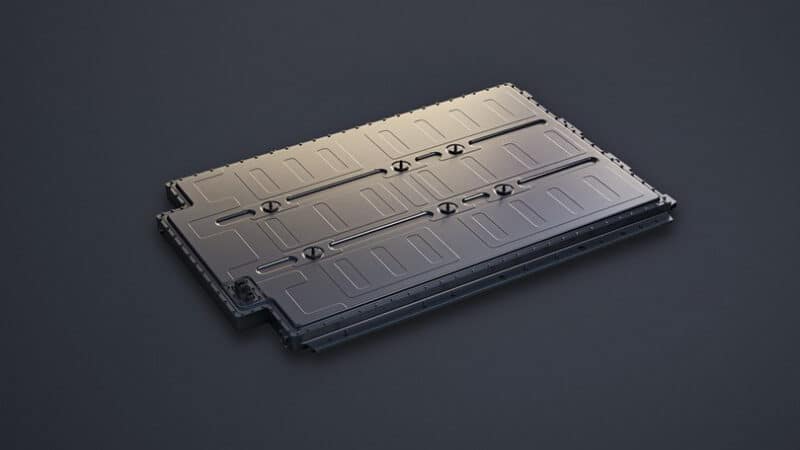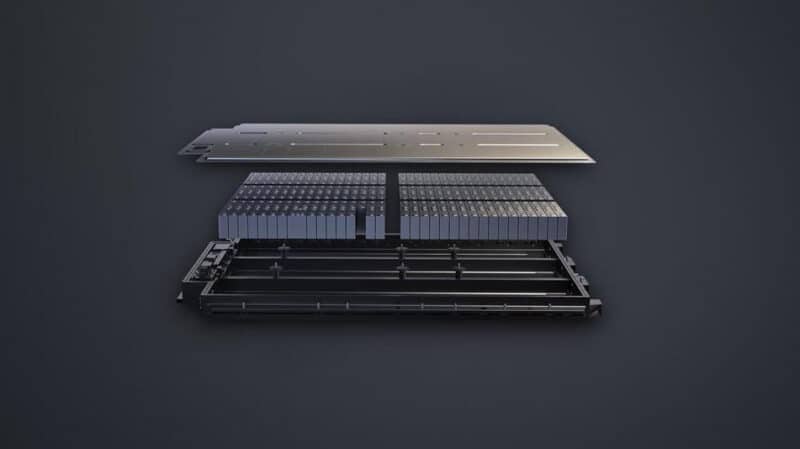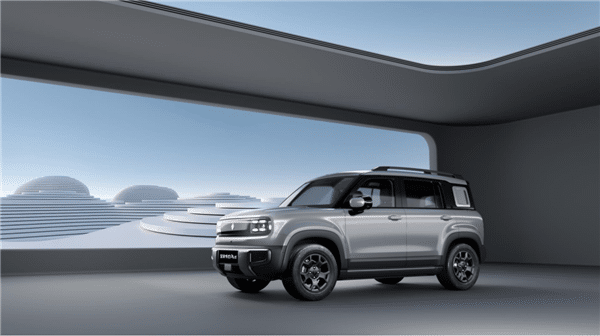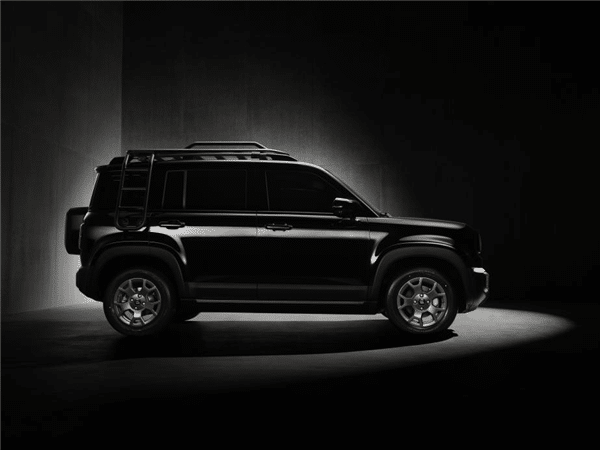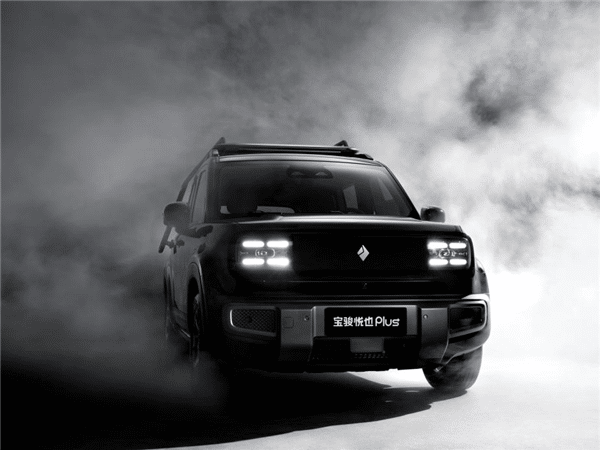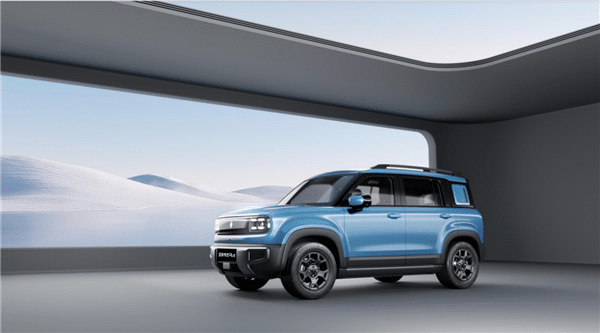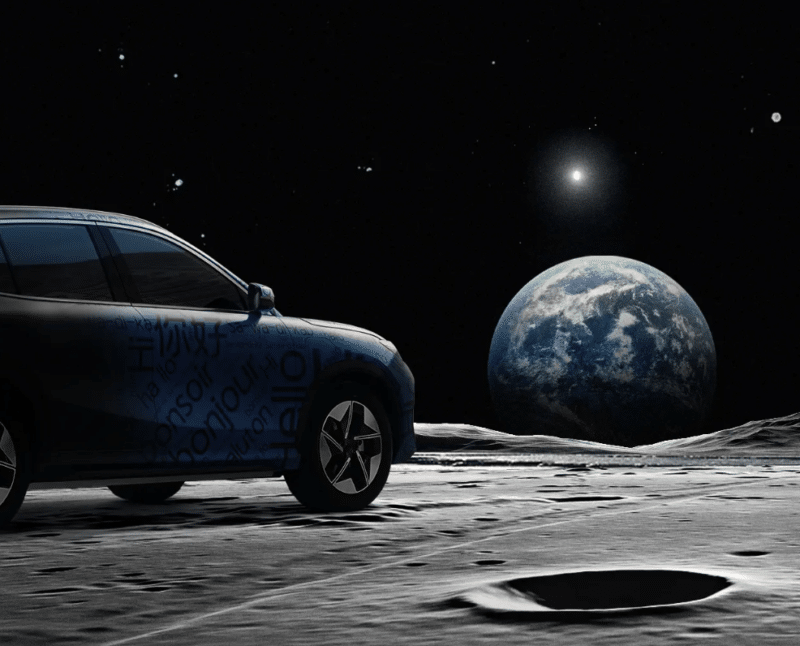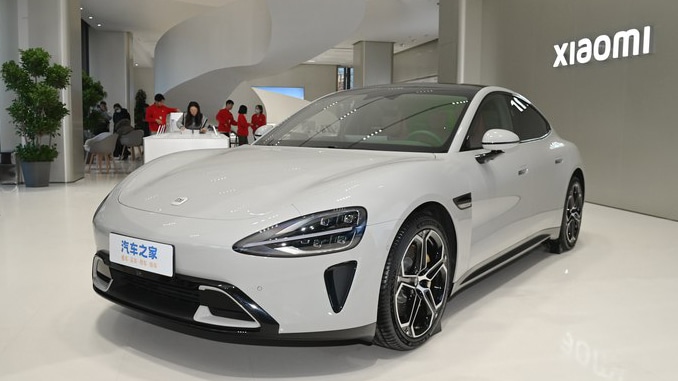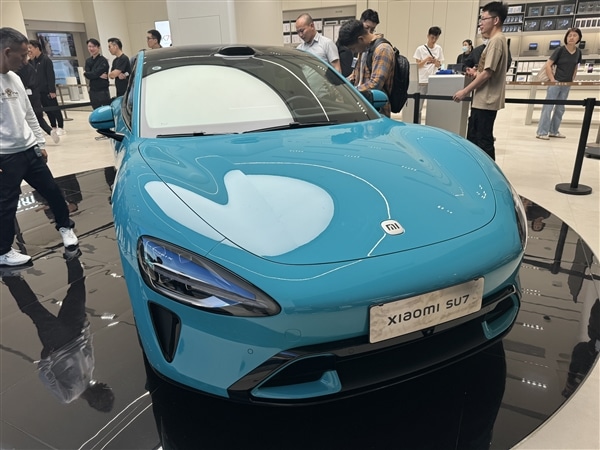Yommie
SpeedLimited
- Oct 2, 2013
- 64,174
- 37,188
- Country of Origin

- Country of Residence


Changan UNI-Z plug-in hybrid SUV will launch on March 28
Price starts from 17,900 USD.
 carnewschina.com
carnewschina.com
Changan UNI-Z plug-in hybrid SUV will launch on March 28
Reading Time: 3 minutes
Dong Yi Chen
March 24, 2024
0

News like this to your inbox or phone?
Weekly summary to your inbox
I want this
Never miss and important news
Get Instant notification once the news is published.
Follow Us
This is the Changan UNI-Z plug-in hybrid compact SUV. It will be launched on March 28 in China. Two models have already been opened for pre-sales with a price range of 127,900 – 134,900 yuan (17,900 – 18,900 USD).
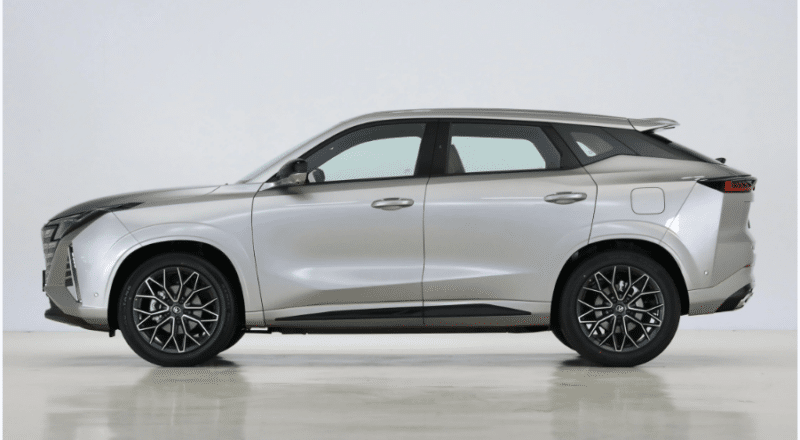
The size of the Changan UNI-Z measures 4730/1890/1680 mm and has a wheelbase of 2795 mm. From the side, the blackened C-pillar creates a floating roof effect and is equipped with multi-spoke aluminum alloy rims along with a panoramic sunroof.

Coming to the front, the borderless inverted trapezoidal grille design of the UNI series is not absent, coupled with a matrix structure.
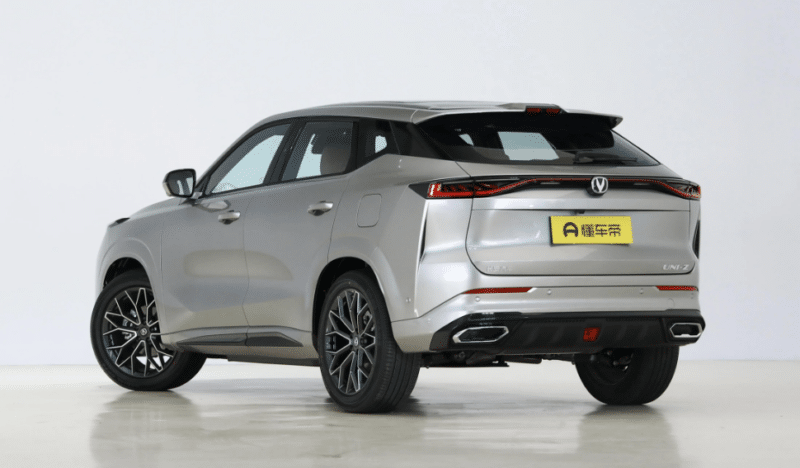
The rear uses a through-type LED taillight set with two exhaust outlets in the bottom.

The interior is covered in a large area of leather material with a minimal number of physical buttons. There is a 10.25-inch full LCD instrument panel, 14.6-inch central control screen, and a flat-bottom steering wheel. Notable configurations include the Huawei HiCar, Amap from Alibaba for real-time navigation, a Sony audio system, 64-color ambient lightings, a built-in driving recorder, OTA updates, facial recognition, and voice recognition.
The vehicle also come standard with a level 2 advanced driving assistance system, which includes lane departure/forward collision warning, automatic emergency braking, lane centering assist, traffic sign recognition, and adaptive cruise control.
Furthermore, the front seats are integrated with headrest. The high-end model seats also support electric adjustment, ventilation, and heating.
Power comes from Changan’s latest Blue Whale iDD plug-in hybrid system consisting of a 1.5L engine and an electric motor, mated to an E-CVT. The engine outputs 72 kW & 125 Nm while the electric motor outputs 158 kW & 330 Nm. Its 0 – 100 km/h acceleration time is 7.4 seconds and top speed is 180 km/h. Additionally, its 18.4 kWh lithium iron phosphate battery pack provides a pure electric range of 125 km (CLTC). The official comprehensive range has not been revealed at this time.
Source: DongCheDi, Changan

